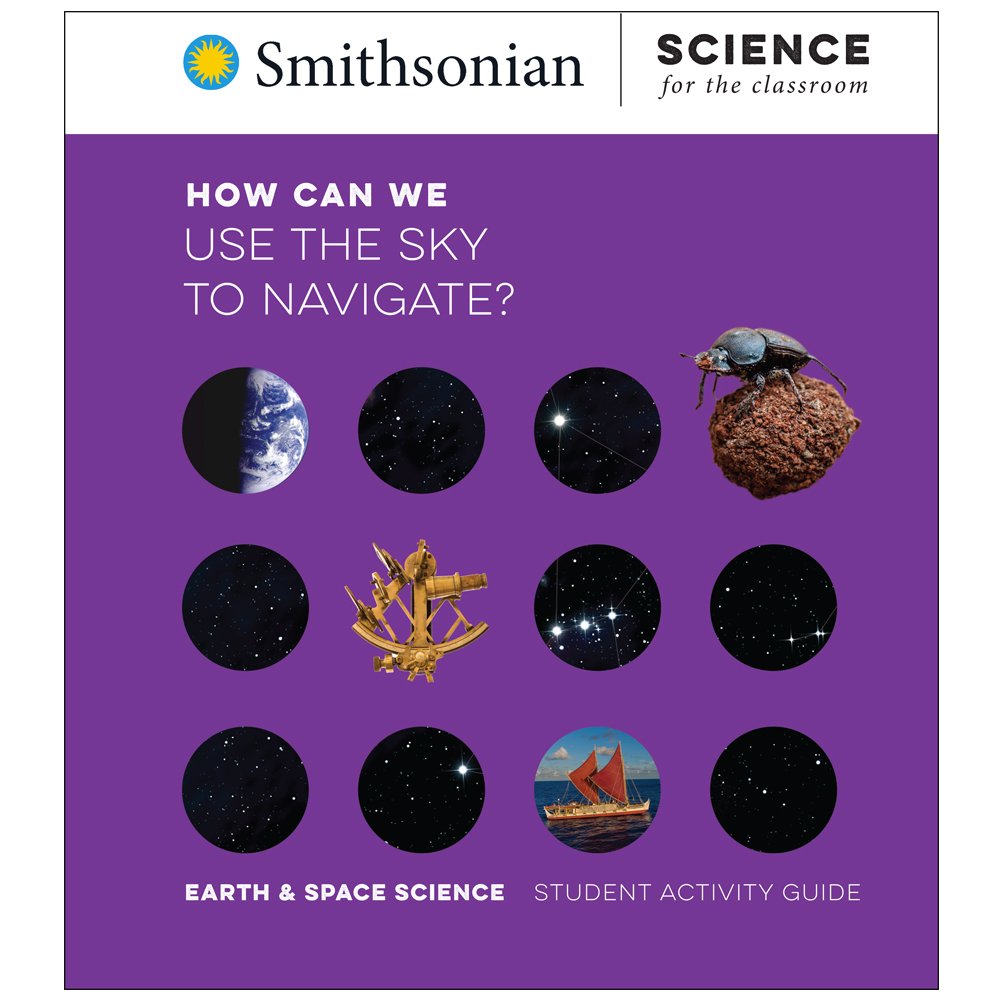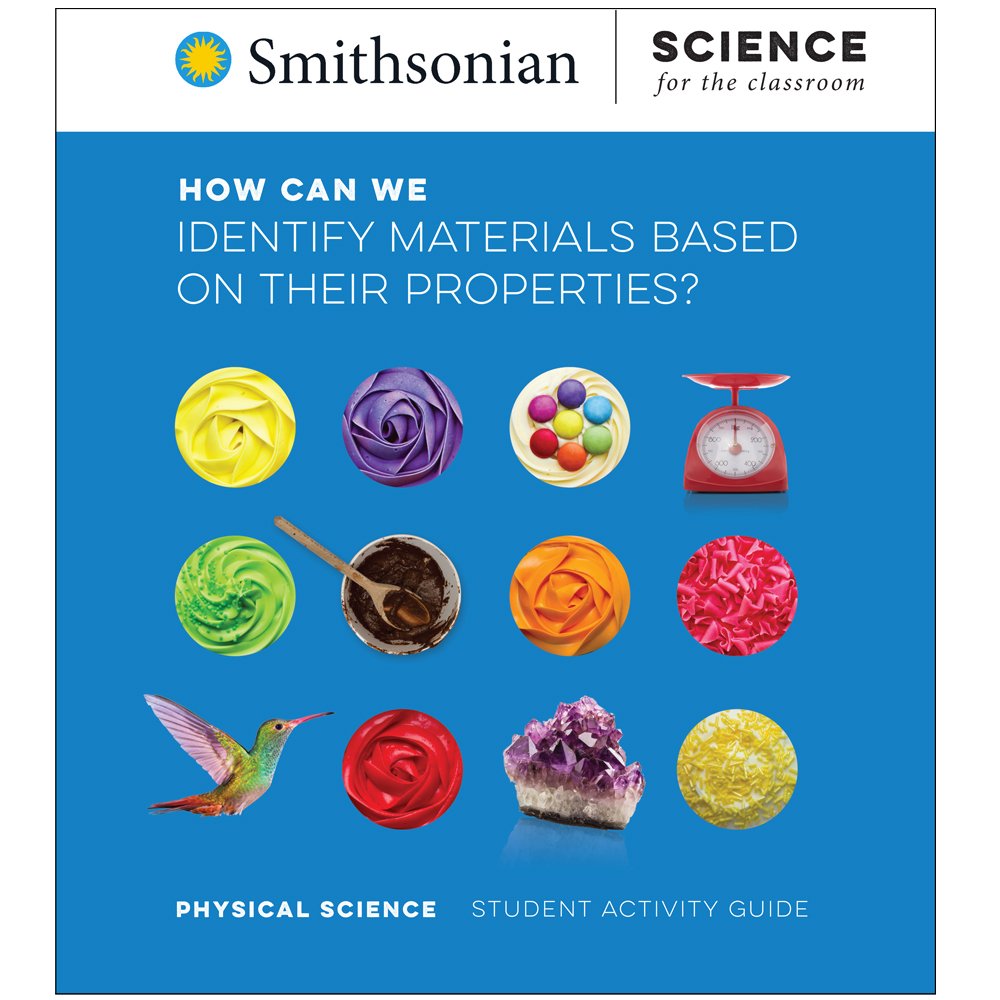EINSTEIN PROJECT CURRICULUM OPTIONS
Fifth Grade
how can we provide freshwater to those in need?
Engineering Design
What’s Included?
Teacher's Guide (1 spiral bound & digital)
Student Readers (12 on-grade print, 4 below-grade print and digital access)
Student Activity Guide (10 Print and digital access)
Interactive Materials for 32 students (working in pairs)
UNIT DESCRIPTION
15 lessons | 20 days of instruction
In 15 lessons spanning 20 class sessions, students explore the topic of water scarcity and the various ways humans have attempted to get water to where it is needed. In the first focus question, students will collect evidence and experiences on their water footprints and on how little accessible freshwater actually exists. The culminating activity in the first focus question asks students to create a water scarcity-based public service announcement for a region in distress. The second focus question asks students to solve a water pumping challenge, develop models based on the interaction of Earth's four spheres, and then design a solution to a water pollution problem. In focus question three, students use a digital game and a newspaper activity to see how humans have tried to solve the global and regional problems of getting freshwater to where it's needed. The unintended consequences of our solutions are a point of emphasis in this focus question. In the final focus question, students engage in a two-part summative assessment. The written summative assessment complements the performance-based summative assessment, and both focus on how key stakeholder groups must work together to design solutions to the water access, treatment, and allocation issues facing individuals and communities around Earth.
Learn more in the Unit Storyline.
SINGLE KIT | $441
All materials for 1 class
ADD-ON | $166
Consumables for 1 class
how can we use the sky to navigate?
Earth & Space Science
What’s Included?
Teacher's Guide (1 spiral bound & digital)
Student Readers (12 on-grade print, 4 below-grade print and digital access)
Student Activity Guide (10 Print and digital access)
Interactive Materials for 32 students (working in pairs)
UNIT DESCRIPTION
15 lessons | 20 days of instruction
In 15 lessons over 20 class sessions, students identify, analyze, and communicate evidence that we live on a changing planet. In the first focus question, students analyze global maps to find patterns in the locations of Earth features and in the occurrence of earthquakes and volcanic eruptions. They explain how these two processes cause specific hazards to humans and compare the structure of one of those hazards, tsunami waves, to wind-driven ocean waves. In the second focus question, students define problems associated with earthquake shaking. They read about engineering solutions to such problems and design and test models of earthquake-resistant buildings. In the third focus question, students investigate additional Earth processes that affect the landscape: weathering and erosion. They use models of mountains to test the effects of rainfall, vegetation, earthquakes, wind, and glaciers on landforms. In the fourth focus question, they consider what clues can be found in rock layers to serve as evidence of past landscapes. They use the stories of two locations to create a database of evidence-landscape connections. In the science challenge, students apply what they have learned to create a museum exhibit explaining that a variety of forms of evidence tells us that we live on a changing Earth.
Learn more in the Unit Storyline.
SINGLE KIT | $318
All materials for 1 class
ADD-ON | $88
Consumables for 1 class
how can we predict change in ecosystems?
Life Science
What’s Included?
Teacher's Guide (1 spiral bound & digital)
Student Readers (12 on-grade print, 4 below-grade print and digital access)
Student Activity Guide (10 Print and digital access)
Interactive Materials for 32 students (working in pairs)
Living Materials (Shipped direct from the supplier)
UNIT DESCRIPTION
15 lessons | 19 days of instruction
In 15 lessons spanning 19 class sessions, students explore how plants and animals get the matter and energy they need to live and grow, how they interact in food webs, how change in one part of an ecosystem can have multiple effects, and how newly introduced species can become invasive. In the first focus question, students investigate what contributes most of the matter to plant growth. Starting with a broad list of what plants need to live and grow, students narrow down this list of water and air through a series of investigations that provide evidence for or against each potential contributor. In the second focus question, students explore animals' needs for matter and energy. By analyzing weight and food intake data, and observing energy transfer from food items, students build the case that animals get both matter and energy by consuming food. In the third focus question, students trace matter and energy through complex food web interactions. In the fourth focus question, students consider what happens when one component of an ecosystem changes. They use models to make predictions about how the introduction of a top predator can affect even the bottom of a food web. In the final focus question, students are challenged to analyze data, develop and use models, and engage in argumentation to make a prediction about which of two coastal locations is likely more susceptible to an invasion by a nonnative sea squirt.
Learn more in the Unit Storyline.
SINGLE KIT | $378
All materials for 1 class
ADD-ON | $154
Consumables for 1 class
how can we identify materials based on their properties?
Physical Science
What’s Included?
Teacher's Guide (1 spiral bound & digital)
Student Readers (12 on-grade print, 4 below-grade print and digital access)
Student Activity Guide (10 Print and digital access)
Interactive Materials for 32 students (working in pairs)
UNIT DESCRIPTION
15 lessons | 20 days of instruction
In 15 lessons spanning 20 class sessions, students learn how they can use the properties of materials to identify those materials. In the first focus question, they use their senses to compare properties of six solids, including sugar and cornstarch. They read about how sugar and cornstarch are made by plants and used as food by animals. In the second focus question, students learn that dissolving and evaporation can be explained by particles. They compare how six solids behave when mixed with water. In the third focus question, students learn that melting points can be used to identify solids. They look at the effect of heat on six solids. In the fourth focus question, students record what happens when six solids are mixed with either iodine or vinegar. They read about how carbon dioxide and water combine to produce sugar and oxygen in a plant. They weigh cornstarch and iodine before and after mixing and conclude that weight is conserved in any change. In the science challenge, students apply what they have learned about properties to identify four unknown solids.
Learn more in the Unit Storyline.
SINGLE KIT | $375
All materials for 1 class
ADD-ON | $136
Consumables for 1 class


















